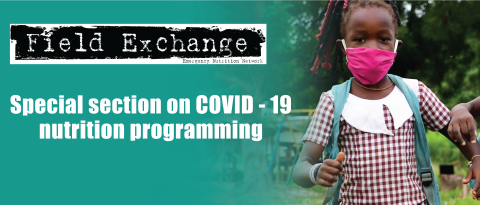Biannual azithromycin distribution and child mortality among malnourished children in Niger
Research snapshot1
Biannual azithromycin distribution has been shown to reduce child mortality as well as increase antimicrobial resistance. The authors assessed whether this effect differed according to underweight status in a high-mortality setting in West Africa. Children received biannual distribution of azithromycin or a placebo over two years in a large, randomised control trial in Niger. In this analysis, the effect of azithromycin distribution on child mortality was assessed for underweight subgroups using weight-for-age z-score (WAZ) thresholds of −2 and −3 in 27,222 children between one and 11 months of age who had their weight measured at their first study visit. Mortality was defined as the community mortality rate (deaths per 1,000 person-years at risk). Modification of the effect of azithromycin on mortality by underweight status was examined on the additive and multiplicative scale2 and the absolute number of deaths averted with azithromycin in each subgroup was estimated.
The communities assigned to azithromycin had lower mortality rates than those assigned to the placebo (−12.6 deaths per 1,000 person-years (95% CI −18.5 to −6.9, P < 0.001)). Reductions were larger among children with lower WAZ: −17.0 (95% CI −28.0 to −7.0, P = 0.001) among children with WAZ < −2 and −25.6 (95% CI −42.6 to −9.6, P = 0.003) among children with WAZ < −3. The estimated number of deaths averted with azithromycin was 388 (95% CI 214 to 574) overall, 116 (95% CI 48 to 192) among children with WAZ < −2 and 76 (95% CI 27 to 127) among children with WAZ < −3.
Although the absolute reduction in mortality between arms appears larger in both underweight groups, no statistically significant evidence of effect modification was demonstrated by the WAZ subgroup on either the additive or multiplicative scale. Based on these results, the authors conclude that the treatment of all children aged between one and 11 months would save five times as many lives as restricting treatments only to children with a WAZ < −3. In this setting, the number of deaths averted would be greatest if all children were treated with azithromycin, regardless of nutritional status.
1 O’Brien, K S, Arzika, A M, Maliki, R, Manzo, F, Mamkara, A K, Lebas, E, et al (2020) Biannual azithromycin distribution and child mortality among malnourished children: A subgroup analysis of the MORDOR cluster-randomized trial in Niger. PLoS Med 17(9): e1003285. https://doi.org/10.1371/journal.pmed.1003285
2 An additive interaction contrast greater than 0 indicates the joint effect of receiving placebo and being underweight is greater than the sum of the individual effects considered separately. A multiplicative interaction contrast greater than 1 indicates the joint effect of receiving placebo and being underweight is greater than the product of the individual effects considered separately.


